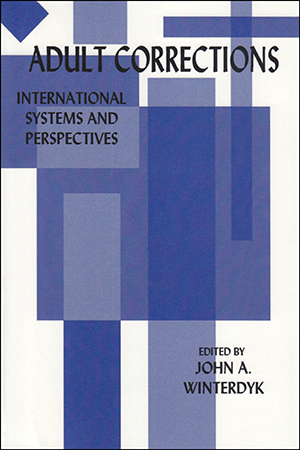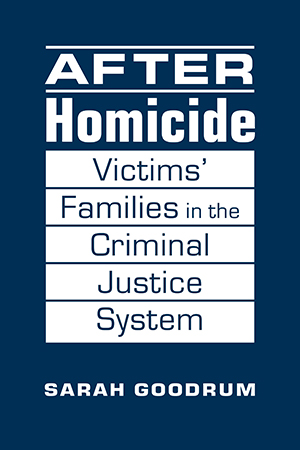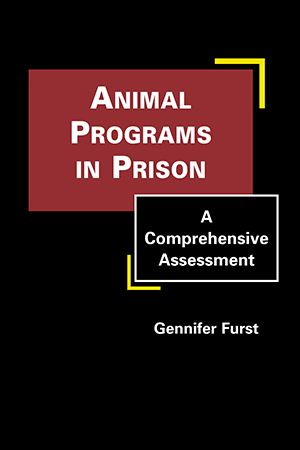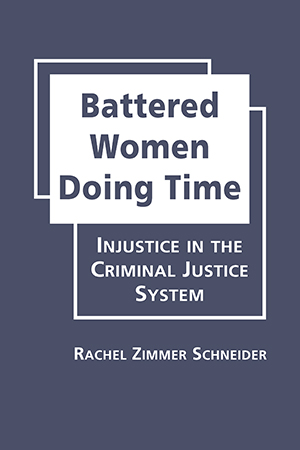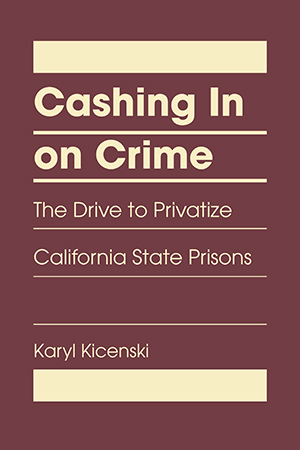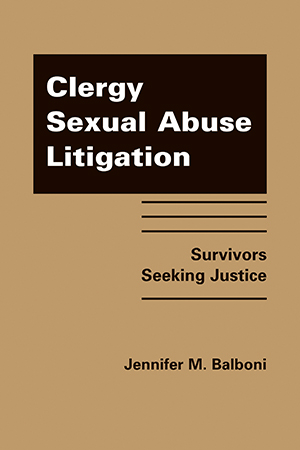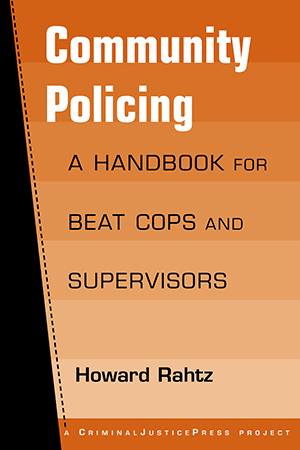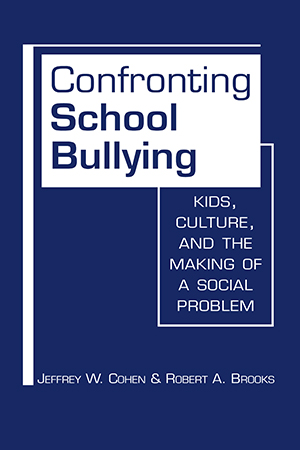Criminology and Criminal Justice
How does politics shape US government policies to control crime? How does the criminal justice system affect the activities of political actors? This lively text provides an overview of More >
In this text, prominent resident scholars present comprehensive overviews of the adult corrections systems of Belgium, Canada, Finland, Germany, India, Iran, Japan, Namibia, Romania and the More >
In After Homicide, Sarah Goodrum examines the experiences of the families of murder victims as they encounter detectives, prosecutors, counselors, and others in the criminal justice More >
This popular textbook has been completely revised to reflect key changes in policy and research of the past decade, including current trends in legislation, court procedures, child welfare More >
How can crime data be analyzed in a manner that is most useful to police managers and others charged with operating crime prevention programs? This is the topic explored from many More >
Gennifer Furst provides the first comprehensive look at prison-based animal programs, an innovative approach to rehabilitation that draws on the benefits of human-animal More >
When is killing an abusive partner an act of murder, and when is it self-defense? How does our criminal justice system deal with battered women who kill, and to what effect? Rachel Schneider More >
In papers delivered at a conference co-sponsored by the US National Institute of Justice and Rutgers University, scholars and business analysts explore how criminological knowledge can More >
Prevention of crime on college campuses—and at similar facilities such as hospitals and museums— can be greatly improved by the use of new high-definition crime mapping More >
What explains the boom in private prisons—especially since the record of privatization for rehabilitating prisoners and saving taxpayer dollars is, at best, mixed? Karyl Kicenski More >
This anthology describes the use of civil remedies in policing and crime prevention programs in the US, the UK, and Australia. Civil remedies are procedures and sanctions provided in civil More >
Why did victims of Catholic clergy sexual abuse wait so long to come forward, and what did their recourse to the courts finally achieve? Jennifer Balboni explores the experiences of More >
This practical and clearly written manual explains the advantages and the “how-to” of community policing. Topics include Community-Oriented Policing (COP) vs. traditional police More >
Is bullying an innocent part of growing up ... or a serious problem requiring large-scale policy remedies? What is behind our rapidly changing perceptions of "acceptable" More >
This anthology includes ten previously unpublished studies and reviews of contemporary organized crime, including its connection to legitimate business, how groups become organized, the More >



